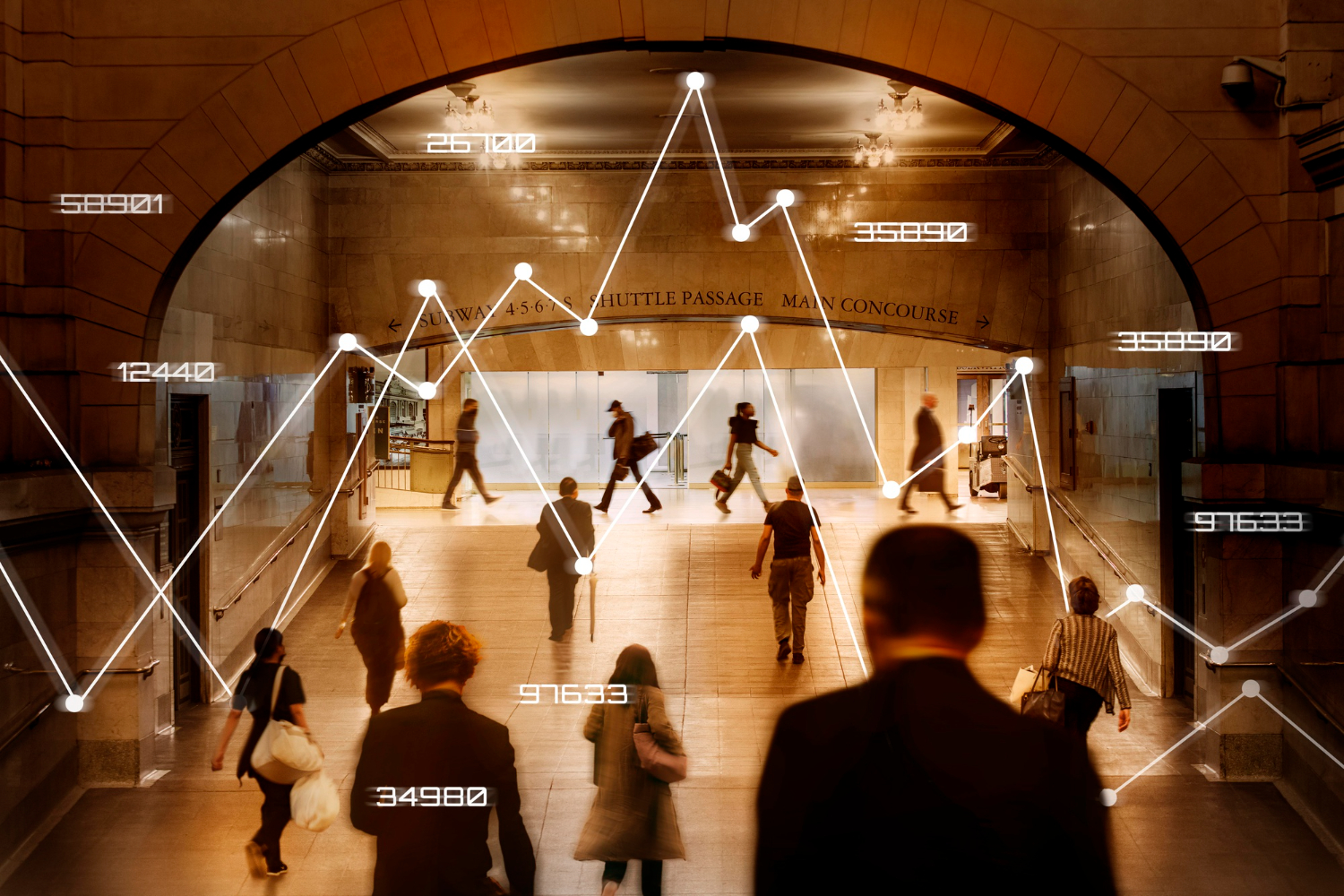When telecom operators talk about mobile network security, the conversation usually starts with firewalls, signaling intrusion detection, or GTP protection. But there’s another defender in the signaling battlefield that rarely gets the spotlight: the Gateway Location Register (GLR).
Sitting quietly in the background of SS7 and SIGTRAN networks, the GLR acts as a protective proxy for subscriber databases. It reduces exposure of the Home Location Register (HLR) and Visitor Location Register (VLR), making it harder for attackers to exploit the network for location tracking, fraud, and signaling-based denial of service.
Attackers know that SS7 vulnerabilities remain exploitable, even in 2025. That’s why the GLR continues to be a vital — though often underrated — component of mobile network defense.
What is a Gateway Location Register (GLR)?
The Gateway Location Register (GLR) is a specialized database in 2G/3G networks (SS7/SIGTRAN) designed to stand between internal subscriber data (HLR/VLR) and external roaming requests. Instead of letting roaming partners — and potentially attackers — query the HLR directly, the GLR acts as a mask, filter, and aggregation point.
Think of it as a security buffer. While the HLR is the “brain” holding critical subscriber information, the GLR is the “bodyguard” that screens who gets access, what information gets revealed, and how signaling traffic is routed.
How GLRs Work in SS7/SIGTRAN
In SS7 and SIGTRAN signaling environments, the GLR provides multiple defensive and operational functions:
- Location Masking & Privacy Protection
Instead of exposing the actual serving node of a subscriber, the GLR provides a virtual reference, preventing attackers from pinpointing user locations with precision. - Traffic Aggregation & Load Management
The GLR consolidates multiple signaling requests, reducing direct interactions with the HLR and lowering the risk of overload or signaling-based denial of service attacks. - Filtering & Validation
Suspicious, malformed, or unauthorized SS7/SIGTRAN messages can be intercepted and blocked at the GLR level, limiting the blast radius of potential attacks. - Roaming Optimization
GLRs aren’t just about security. By reducing signaling load and simplifying interactions between home and visited networks, they improve the efficiency and resilience of roaming operations.
Why GLRs Matter for Mobile Network Security
Mobile operators continue to face real-world SS7 and SIGTRAN threats. Attackers use vulnerabilities in signaling protocols to:
- Track subscriber locations through AnyTimeInterrogation or Provide Subscriber Information requests.
- Hijack roaming sessions or manipulate call/SMS routing.
- Abuse signaling traffic for fraudulent billing or service disruption.
- Launch signaling-based denial of service attacks against HLRs.
The GLR directly reduces these risks by shielding the HLR from unnecessary exposure. Instead of attackers interacting with the “real” subscriber database, they hit a proxy that limits what they can see or do.
In terms of defense-in-depth, the GLR complements SS7 Firewalls, SMS Routers, and intrusion detection systems (IDS) by adding another barrier against signaling abuse.
GLR vs. SS7 Firewalls: What’s the Difference?
A common question is: “If I already have an SS7 Firewall, do I still need a GLR?”
The answer: Yes.
- The GLR is a database proxy that masks location data, optimizes roaming, and reduces signaling load.
- The SS7 Firewall is a policy enforcement system that applies deep packet inspection and blocks malicious or unauthorized signaling messages.
While a firewall provides more granular control, the GLR adds an extra layer of protection at the architectural level. Used together, they significantly strengthen a network’s signaling security posture.
Limitations of GLRs
Of course, no defensive tool is perfect. GLRs have their limitations:
- They cannot inspect or enforce security policies as deeply as firewalls.
- Sophisticated fraud schemes or insider threats may bypass GLR protections.
- They are not designed for Diameter or 5G SBA environments — though legacy SS7/SIGTRAN will remain relevant for years.
That’s why GLRs should always be part of a multi-layered security strategy, not the only line of defense.
The Ongoing Relevance of GLRs in 2025
Some operators assume that SS7 security is a problem of the past, given the rollout of 4G Diameter and 5G SBA (Service-Based Architecture). But the reality is that SS7/SIGTRAN interconnects remain deeply embedded in the global telecom ecosystem, particularly for roaming and legacy fallback services.
Nation-states, fraudsters, and cybercriminal groups continue to exploit SS7 vulnerabilities. As long as these protocols are in use, GLRs will remain relevant for:
- Protecting subscriber privacy during roaming.
- Reducing fraud exposure linked to signaling abuse.
- Safeguarding HLR availability against DoS risks.
Conclusion
The Gateway Location Register (GLR) may not make headlines like firewalls or intrusion detection systems, but it plays a critical role in SS7/SIGTRAN network security. By masking subscriber data, filtering queries, and absorbing signaling load, the GLR shields the most sensitive asset in the mobile core: the HLR.
In today’s telecom threat landscape, where signaling attacks are still being used for fraud, espionage, and disruption, operators cannot afford to leave their HLRs exposed. A GLR provides an additional line of defense that, combined with firewalls, SMS routers, IDS, and continuous pentesting, strengthens the overall security posture of mobile networks.
If your HLR is still facing the outside world directly, it’s time to rethink your architecture. The GLR might just be the quiet bodyguard your subscribers desperately need.
🔐 Looking for the full picture? Explore the Ultimate Guide to Mobile Network Security — your complete resource on telecom security, from architecture to audits.




